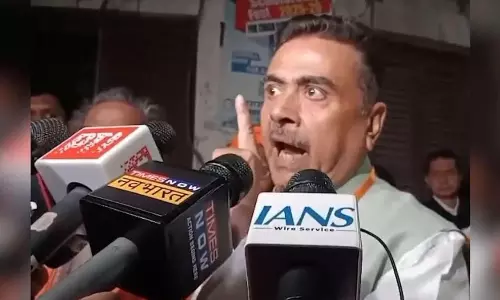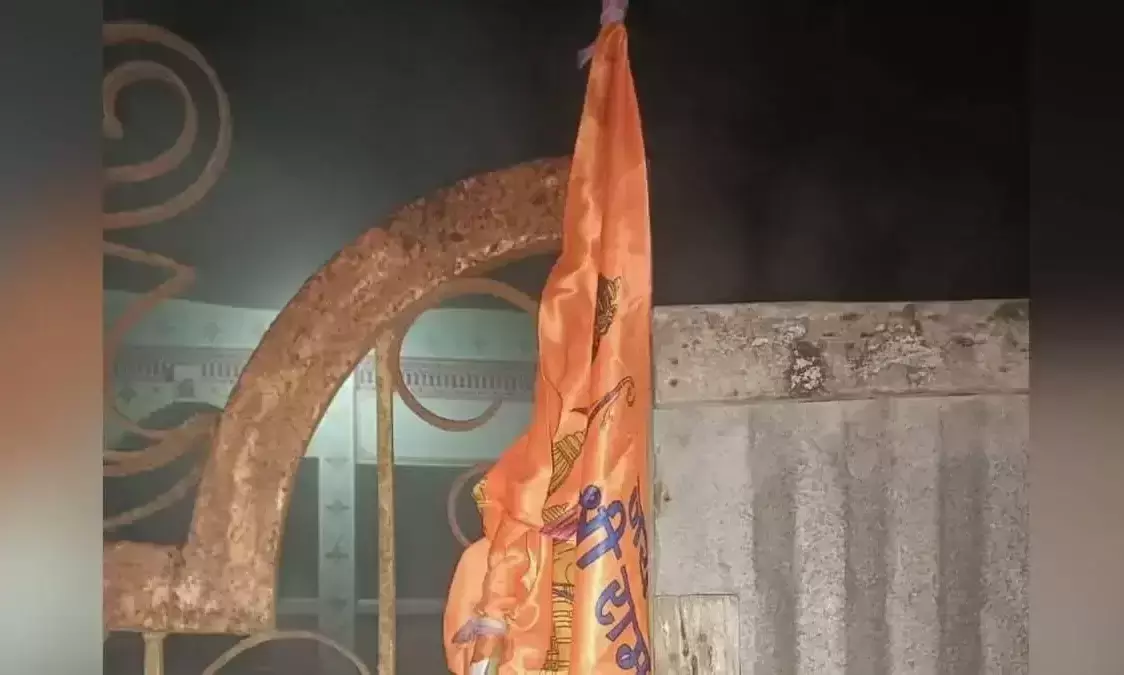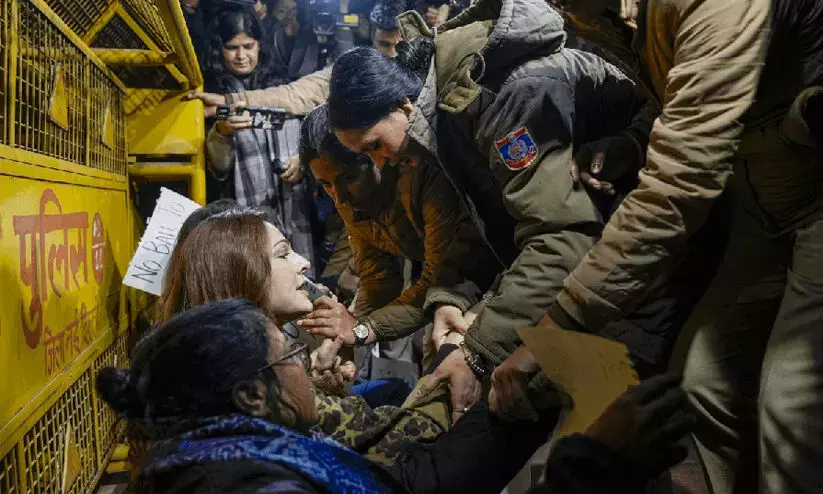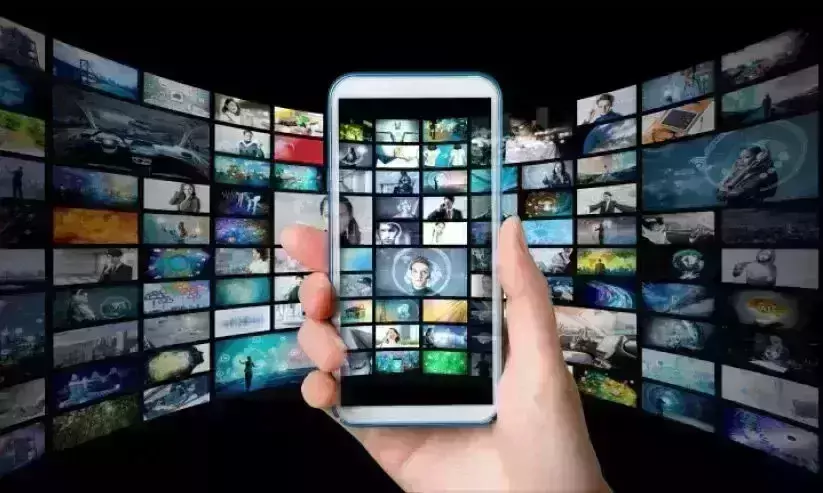
IT rules 2021: What does it entail?
text_fieldsAfter receiving harsh criticism from the court regarding the 'toolkit' case, the central government proposed new rules to tighten the noose on social media. The new regulations include making the platforms legally obligated to find the origin of messages shared in it, among other controversial terms.
The new rules are applicable for social media, including WhatsApp, Facebook, Twitter, online news platforms, and OTT (over-the-top) platforms like Netflix or Amazon Prime. The telecom minister Ravi Shankar Prasad and the Information and Broadcasting minister Prakash Javdekar released the Information Technology (Guidelines for Intermediary and Digital Media Ethics Code) Rules 2021.
For the first time, a rule is brought to regulate digital and online media content and interfere with it. But the ministry explained that its sole aim is to empower social media users and persuade platforms to self regulate. Media content that "could harm the sovereignty, integrity and security of the nation" is banned.
Conditions of IT Rules 2021
Five years of imprisonment
Social media platforms would be obligated to reveal the origin of any 'maleficent' messages. Information about the person behind the message and other related details should be informed to concerned authorities, and those spreading such messages are liable for imprisoned up to five years.
Empowered committee
Various ministries will strictly monitor social media. The monitoring committee will comprise representatives of ministries like Defence, Home Affairs, External Affairs, Information and Broadcasting, Law and Information Technology. The committee also has powers to summon related parties if a rule is violated.
Officer for social media institutions
Every social institution should have an officer working to implement Indian laws. The users should be informed of the reasons when content is removed from a social medium. The company should appoint a grievance redressal officer to resolve complaints.
Employee to regulate contents
An officer of the joint secretary rank, appointed by the government, would have the authority to regulate media contents. If the committee finds certain content unlawful, it could recommend the government to ban them.
Content to be categorised
Content that accounts for defamation, obscenity, or is harmful to children, is banned. If the content is flagged illegal, it ought to be removed in 36 hours. The contents should be separated as for adults and '16 and below'. Platforms should make sure that content without approval does not reach children. If complaints against content challenging women's modesty, sexuality, and nudity exhibition are received, it should be removed in 24 hours.
New websites require registration
The laws of the Press Council of India shall apply to digital media houses. New websites have to register on the Information and Broadcast ministry site. Additionally, there should be a self-declaration set up for users on social media platforms.
These should be implemented in three months.
Self-regulation system for OTTs
For the self-regulation of OTTs, a system headed by retired supreme court justice/ high court justice or a prominent person will be formed.
It should be registered under the Information and Broadcast ministry.

















